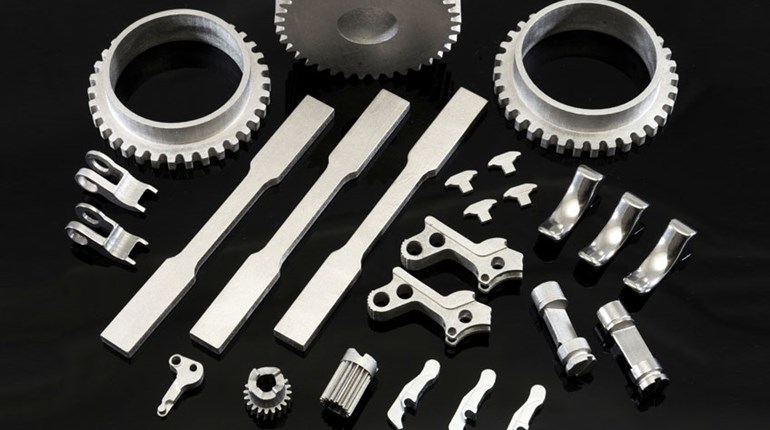
3DEO was established 2 years ago and specializes in 3D printing of metal firearm components. “We shipped 30,000 pieces in 2018,” Company President and Co-founder Matt Sand said. “And our goal for this year is to ship 200,000.”
Its customers today include nearly two dozen gun manufacturers, most small- and medium-size companies. Sand is careful not to drop names, although at least one handgun introduced this year contains six 3D metal-printed parts.
“This industry is our priority,” the Air Force veteran and gun owner said. “We definitely found a home here … despite being located in California.”
Think again if you’re a handy gun owner who enjoys DIY projects. First, the machines are huge, and the eight 3DEO has in house (with another 12 available) rival the girth of today’s CNC machines. They’re extremely expensive, too, so much so that versions capable of crafting big items are the realm of the aerospace and defense industries.
The process is also complex. “Metal 3D printing is really comprised of many different technologies,” Sand said. It starts with a layer of metal powder, a proprietary binder goes atop, then the layer is cut precisely, and the steps are repeated until the part is complete. “One of our early projects was a bolt release for a well-known gun company,” he explained. “That was 55 layers.”
A special powder is then applied, and it goes into a large furnace to bake at close to 1,350 Fahrenheit—just short of full melting point. The average density of a finished 3DEO component is 99.5, versus the average metal injection molding (MIM) results of 95 or 96.
There’s also less wasted material and “It’s 35 percent below the cost of CNC machining,” Sand said. Tolerances are “Plus or minus 4 thousandths, but we’re upgrading and we’ll be holding 2 thousandths of an inch. That’s on par with the best of MIM.”
Once the stainless-steel product is complete, it can get a mirror or matte finish, black nitriding, polishing or tumbling. Computers monitor the process and “From the beginning we had a Ph.D. software engineer who has written custom programs for us,” Sand said.
Another possibility being explored by 3DEO and its technology is making small, discontinued and other impossible-to-find gun parts, a boon for collectors.
“Imagine someone [who] has a relic Colt Paterson revolver handed down through his family that sadly had lost a trigger or cylinder…,” Doug Wicklund, senior curator at the NRA National Firearms Museum commented. “With 3D printing capability, a missing minor component could be replicated.”

































